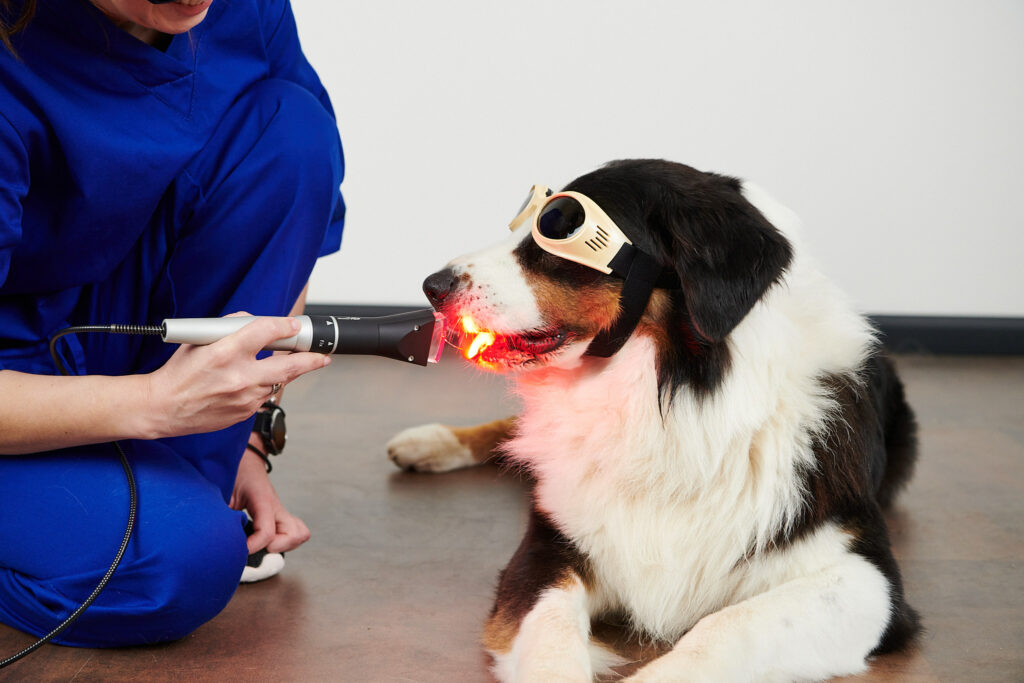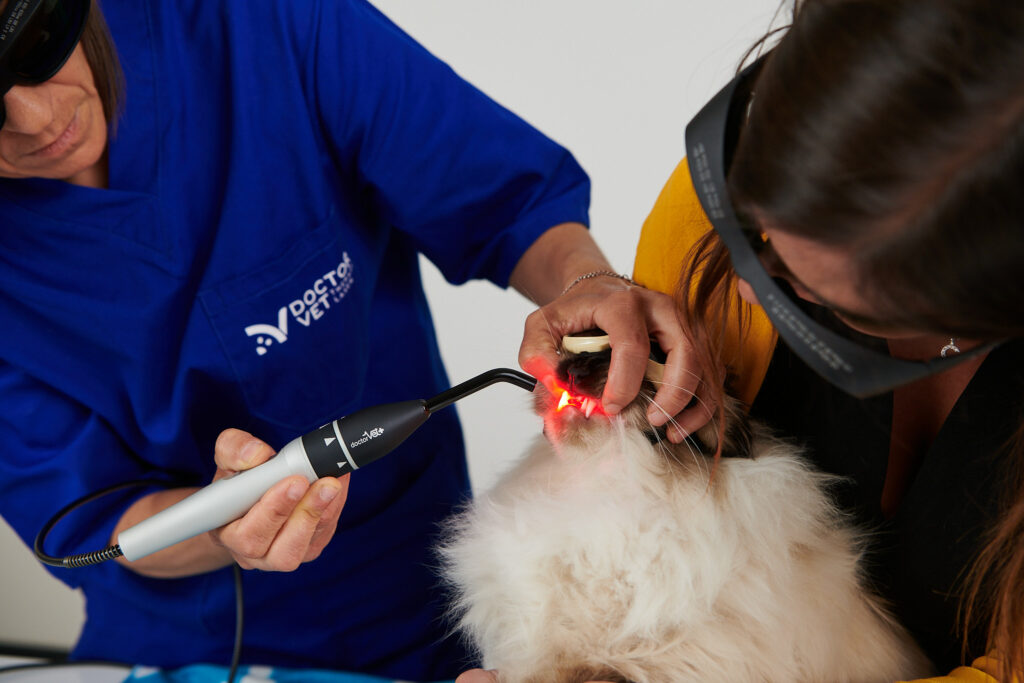References to antimicrobial effects of photobiomodulation can be found in numerous articles. However, more detailed studies are needed on these effects as there is a lack of consensus in terms of the parameters. Depending on said parameters, as well as the metabolism of the micro-organisms and their characteristics, growth or inhibition1 thereof can be observed.
Despite the lack of studies in this regard, there are numerous theories that help to explain how laser therapy can be useful in combating infectious processes. The arrival of defensive elements, increasing phagocytosis, helps to boost this antimicrobial effect2. An increase in oxygen consumption has been observed when phagocytosis occurs.
Tissue oxygenation therefore helps to regulate this effect3. As a result, laser therapy based on tissue oxygenation helps this phagocytosis (see ‘inflammation’ under general effects).
Another theory depends on the type of chromophores that may be presented by the various micro-organisms, affecting the membrane potential, reducing the production of energy by these micro-organisms4.
The metabolism of the micro-organism is also fundamental; i.e., whether it is an aerobic or anaerobic micro-organism.

When comparing the various studies that exist in this regard, and depending on the parameters and the micro-organisms in question, inhibition or growth thereof can be seen5. When comparing these articles, in a larger number of in vitro studies there is excessive growth.
Meanwhile, in those conducted in vivo, the percentage of studies in which inhibition of the micro-organisms was observed is higher than those in which growth was observed (among the articles reviewed to date)6-10. These results can be explained by understanding the role played by the immune system, given that how the inflammatory process can be regulated with laser therapy has already been demonstrated in various studies11.

Seeing is believing!
Book a demo now to learn how DoctorVet works!
Photodynamic therapy, which consists of combining certain wavelengths with photosensitising drugs, has been demonstrated as useful in the antimicrobial treatment of various pathologies12-13.
Hence, when reviewing the various articles and despite the need to unify parameters and study the effects on more micro-organisms, laser therapy has been useful (due to different action mechanisms) in the antimicrobial effect, obtaining better results in studies conducted in vivo.
DoctorVet has created specific protocols based on the location of the infection, with one protocol for surface infection and another for deep infection. The Sweeper, Zoom and Massage treatment heads are recommended for application. In cases of deep infection, we recommend the massage treatment head in contact mode and the deep infection protocol.
For patients with infected wounds, we recommend the sweeper or zoom treatment head in non-contact mode and the surface infection protocol. Depending on the pathology, this protocol can be combined with the inflammation protocol. The treatment schedule will depend on the severity of the case in question and may vary between 1-5 sessions/week in order to achieve the photobiomodulation effect. Laser therapy can be combined with antibiotics.

Via dell’Impresa, 1
36040 Brendola (VI)
VAT 02558810244
C.R. VI 240226
© Copyright 2016-2021 LAMBDA S.p.A. | Privacy Policy